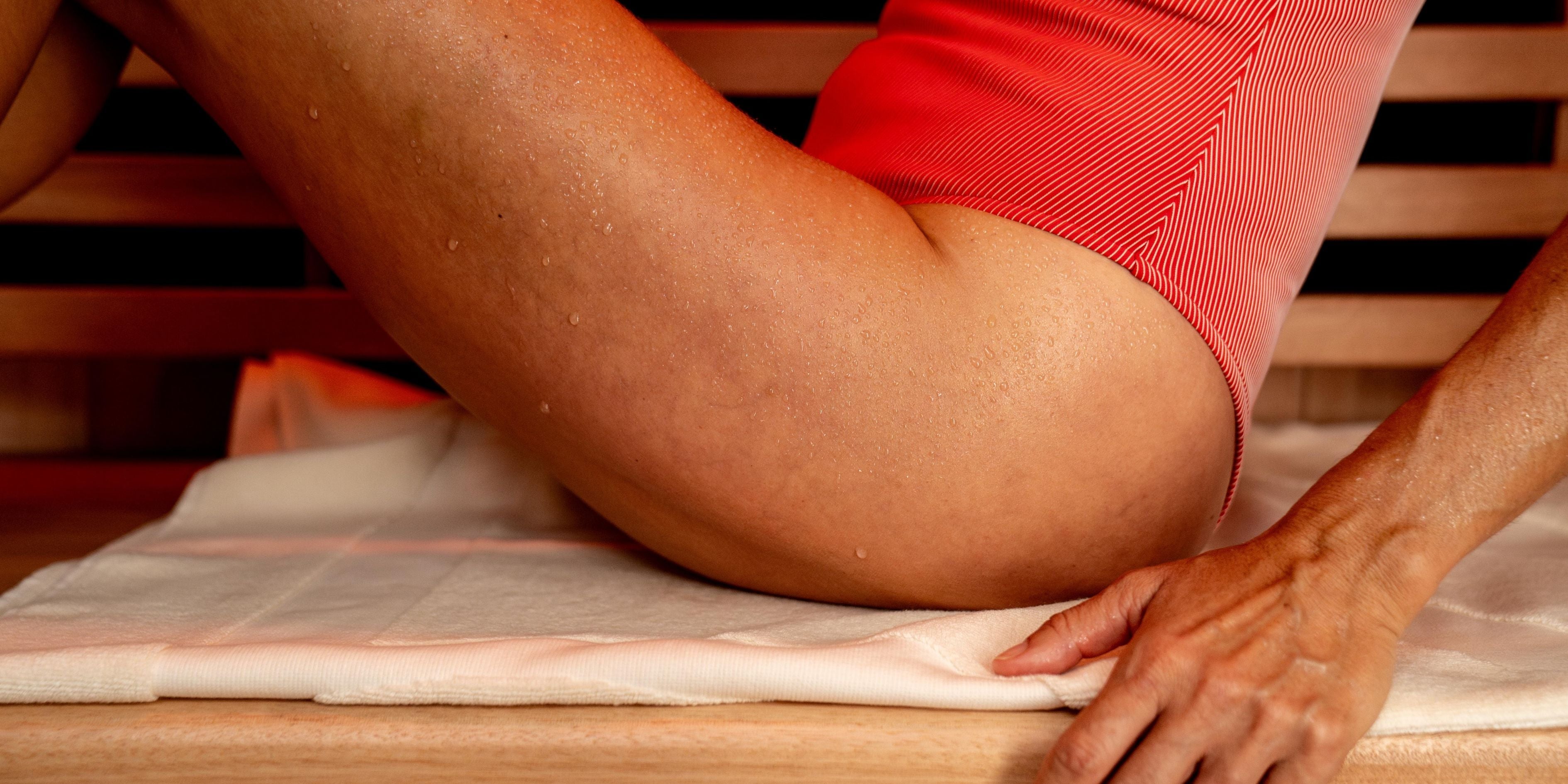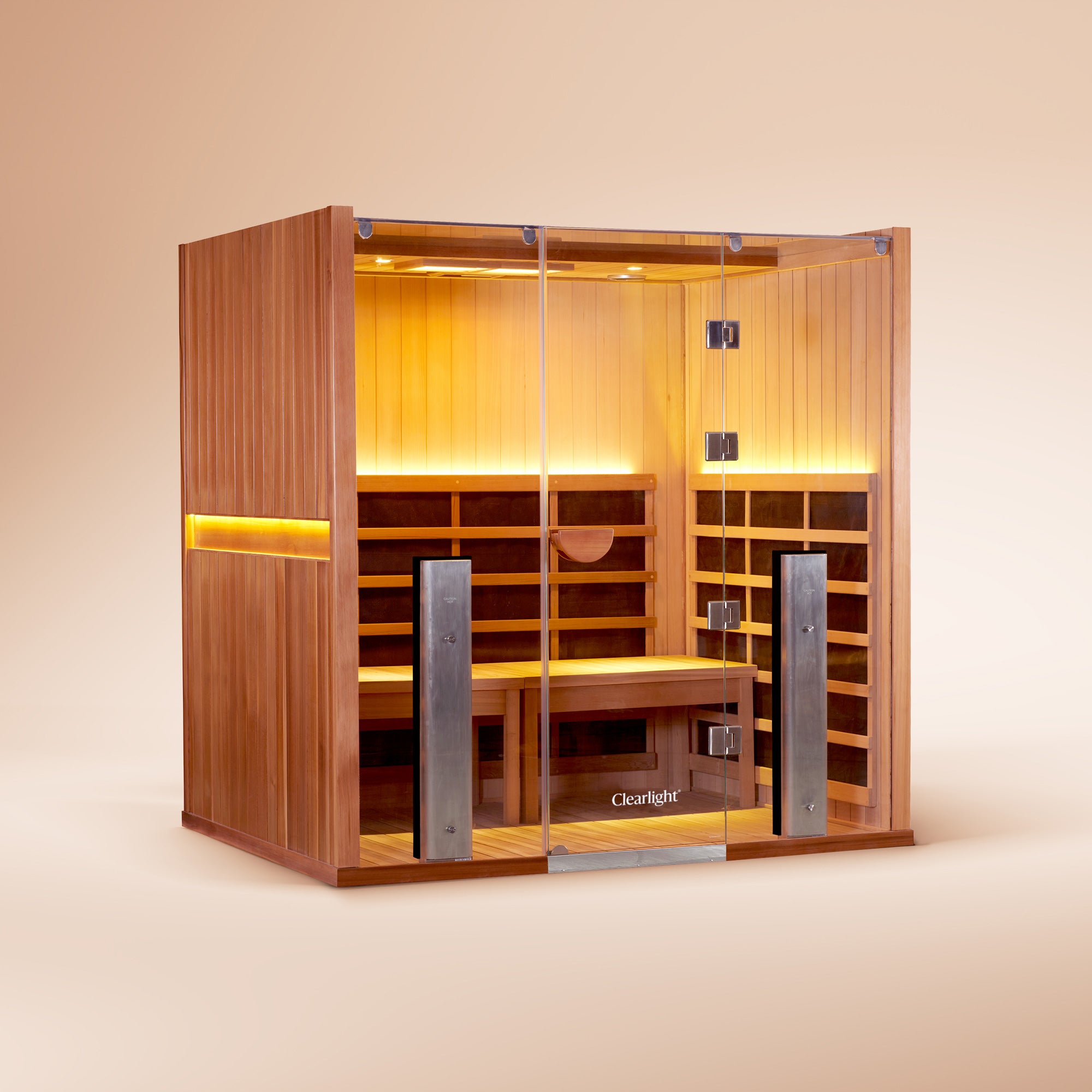What Is Red Light Therapy Treatment?
The health benefits of exposure to light have been known for centuries now; after all, it’s no secret that even the smallest dose of sunshine can help keep us healthy, happy and productive.
What you might not know, however, is that there’s a different, specialised form of light that has been found to be extremely beneficial for our body’s ability to maintain healthy skin, muscle and cellular growth.
It’s known as red light therapy, or photobiomodulation, and is growing in popularity as a potential treatment for a number of different health concerns.
Shortly after NASA discovered that plants taken to space grew significantly faster when exposed to red and near-infrared light, scientists recognised that organic cells respond positively to the lightwaves emitted from something like a red light therapy device, which is why we’ve seen gravitation toward red light therapy as a safe and easy to use treatment for a variety of health concerns which can be treated from the comfort of home.
What Is Red Light Therapy?
Photobiomodulation, otherwise known as red light therapy, is a treatment that involves exposure to red and near-infrared light that penetrates the skin and helps to energise muscle tissue and cells to both recover and reinvigorate.
Targeted exposure to this special form of light can help to kick-start the reproduction of healthy cells in the body, which is why red light therapy is often found to be an effective form of treatment for skin problems.
You can think of red light therapy as giving your cells an extra boost of energy so they can get back to business as usual, but at a higher rate of function.
What Does Red Light Therapy Do?
Exposure to red light through a specialised device targets a cell’s mitochondria, otherwise known as the power source of a cell’s ability to repair itself and reproduce.
Red and near-infrared light penetrates the skin and is absorbed by the mitochondria, which causes a biochemical reaction that gives your body’s cells a significant energy boost.
Like those NASA astronauts that found plants were growing faster in space while exposed to red and near-infrared light, with red light therapy, our cells are given a dose of extra energy that they depend on to grow, operate and repair in problematic areas.
What Does Red Light Therapy Do For Your Skin?
As we’ve discussed in a previous article focusing on whether or not saunas are good for your skin, red and near-infrared light enters the skin, and the energy stimulates the body’s mitochondria which converts the energy into adenosine triphosphate, or ATP for short.
ATP is often referred to as the ‘currency’ of the cell, and the more energy it receives, the greater its ability to reproduce in the body.
Dr Rayleigh Duncan says that “as we age, the problems that we come up with is that our cells are not as vibrant, and they don’t have the energy. By giving them the injection of more ATP, it’s like a fountain of youth.”
What Is Red Light Therapy Good For?
Research shows that photoactivated cells - through red light therapy - can repair themselves, and regulate primary functions with a higher level of ATP, which means cells will migrate to problematic areas or be stimulated to grow.
This, in combination with increased blood flow, means that red light therapy is an adaptable form of treatment for a growing list of problems.
With more energy, a cell can function at a higher rate to repair and reproduce healthy cells, which means it can be an effective treatment for things like osteoarthritis, hair loss, muscle pain, carpal tunnel syndrome, wound healing, scars and psoriasis, reduces sun damage as well as building collagen to reduce wrinkles and improves countless skin conditions.
Red light therapy has also been proven as an effective treatment for optimising sleep patterns and is beneficial when it comes to reversing the impact of blue light emitted from digital screens on both the eyes and the body’s circadian rhythm.











Discovering the World of Biohacking
Can You Get Vitamin D From an Infrared Sauna?